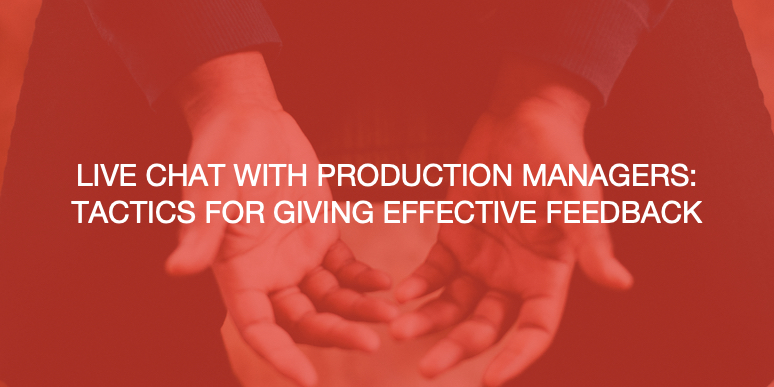
I can’t tell you how many times in my career I’ve been approached to manage an event where its scope significantly outpaced its budget. We spend the majority of our careers making incredible events happen without enough money.
Sometimes, it can be difficult to know where to start. How do we do it? What are some ways we can control the costs without sacrificing quality and experience? Here’s how to create a budget for an event, think creatively about ways to marshal your resources, and produce successful results even when working on a tight budget.
1. Know the Who and the Where
Venue + Labor = your two biggest expenses (almost always). If you’re brought into the project early enough, you’ll be in a great place to help make some important event budgeting decisions that will have a drastic impact on the overall cost. A small corporate event in a theatre will have a drastically lower labor cost than in a ballroom that is controlled by an exclusive vendor. When a client comes to you with a project, make sure you understand exactly what he or she are asking. What initially seems like a small decision could have a big impact.
2. Get Creative
There are often many out-of-the-box ways to save on some of the hefty expenses. Here’s a good example. Many events take place in venues that are booked for most of the year. This means that there will often be other things happening just before and after your own. Don’t be afraid to pick up the phone and make deals. Many times we’ve saved on venue rental days and labor costs by tweaking our load in/load out days. Other times, we’ve struck an agreement with the previous production team to use the equipment already in the space. It doesn’t always work but when it does, these efforts can help in big ways.
3. Right Partner + Right Project
Do you have a small corporate event that needs a set built? Don’t go to the shop that builds U2’s touring sets. You’ll be a small fish in the pond. Establish relationships with partners of all sizes. That way you can match the right project to the right partner and engage with the many talented freelancers and small businesses looking for work. Go find a company that will prioritize your project the way you prioritize it. You’ll get better service and they’ll be more appreciative for the work. On a related note, don’t ever pull the card of promising more work in the future in exchange for a discount today. It may seem tempting but most of the professionals working today have all seen and heard it too many times to take it seriously anymore. It simply makes you accountable for a promise you may or may not keep. If you don’t keep it, you have potentially damaged your credibility for no reason. For professionals who are new to the industry, or might not have come across this practice and are looking for opportunities to build their portfolios, know that you’re taking advantage of them and it may come back to bite you.
4. No 11th Hour Penny-Pinching
Once we get close to kickoff, it rarely pays to try to save money. I know that’s a strange statement to write in a piece about saving money. But for argument’s sake, let’s suppose that you’ve arrived at this point in the process of planning an event and despite your best efforts, the budget is still spiraling out-of-control. Now comes time to place your labor orders. Labor orders are made much closer to show time and you’ve planned a load in for eight people. Now, if you overestimated in the first place and you are confident you can eliminate some bookings, fine. Ideally, you’d do that anyway as a best practice for building a solid relationship with your clients. But let’s say you planned for eight and you definitely need eight. With stress mounting about cost overruns and materials already ordered and paid for, you try to save the client some coin by cutting down on labor by two people. As tempting as this is, DON’T DO IT. Trust that your estimation of labor need was right in the first place. By drastically reducing the team size at the last-minute, you might cause an even greater, more negative impact on the project and its budget. The load-in could take longer, pushing crew into overtime, delaying other materials arrival and set up, pushing back tech and testing time, safety checks, and more. The cost you might save on labor could be pennies compared to potential ripple effects caused by these late adjustments.
5. Know When to Fold ‘Em
Sometimes we come upon a situation where the resources available just aren’t enough to support the vision of the project. Don’t be afraid to tell someone that you can’t help. It may feel terrible at the time, but there are some serious ramifications to over-committing. By taking the job, you’ll essentially have promised to do something that you can’t actually do, and that will reflect poorly on you when all is said and done.
So there you have it. It’s never easy managing events on a budget. But by understanding the bulk of your costs, thinking creatively about ways to save on expenses, choosing the right partner for each project, avoiding last minute cuts, and knowing when you aren’t the right person for the job, you can begin to establish an excellent framework for your ongoing success.



